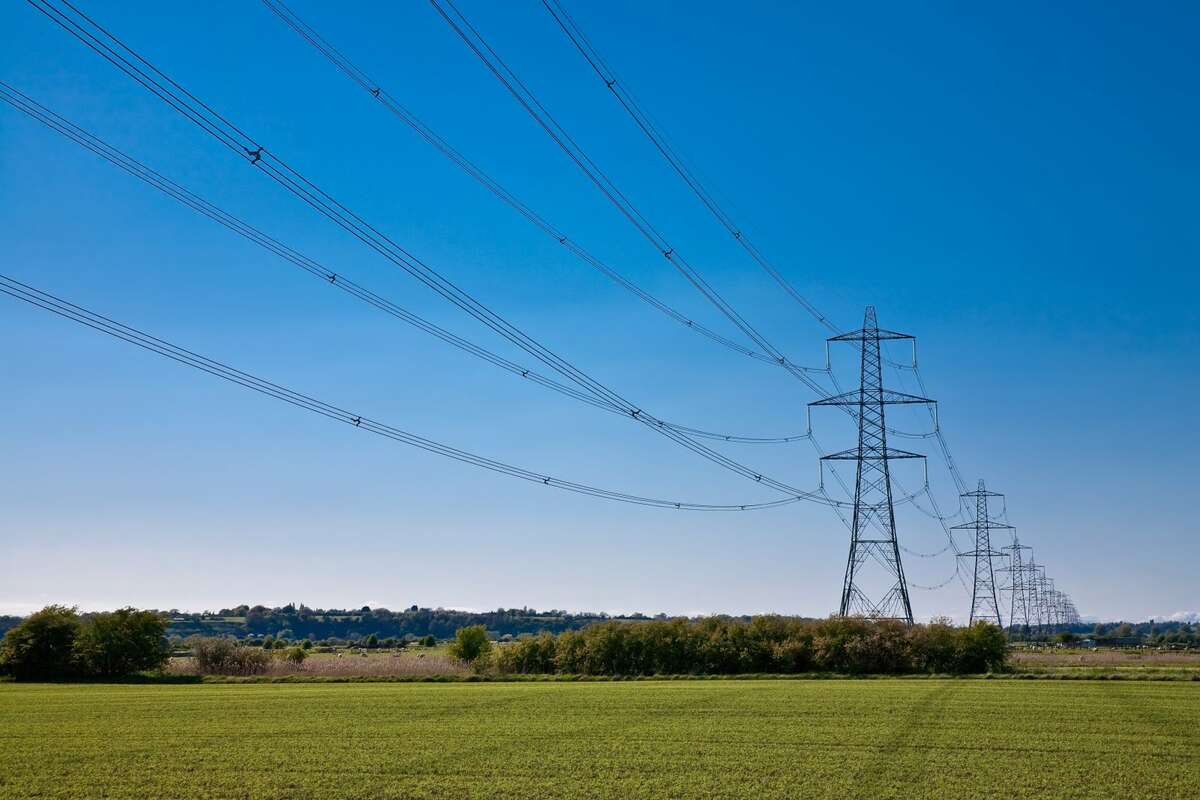Overview: Transmission planning involves assumptions about factors like generation and load growth, but over time, these assumptions can change. A recent transmission project in Alberta, Canada faced unexpectedly high renewable generation growth, surpassing initial forecasts. The project, a 135 km double-circuit 240 kV line, was planned to use standard ACSR conductors, but the rapid growth in renewable generation required a solution to increase capacity without delaying the project or raising costs.
AESO, the system operator, and the two utilities responsible for the project, ATCO and AltaLink, decided to substitute the planned ACSR conductors with advanced ACCC® Conductors, offering a 65% capacity increase. This decision allowed the project to remain on schedule and within budget, demonstrating how Advanced Conductors can be used in new lines to significantly boost capacity and efficiency without redesigning or delaying projects.
Key Challenges:
- Renewable Generation Growth: The original transmission design was based on forecasts that were outpaced by the rapid expansion of renewable energy.
- Project Timeline: The project was already in advanced stages of planning, with construction scheduled to begin in 2024.
- Design Constraints: The line was designed for extreme weather conditions, including high wind and wet snow loads, making it difficult to find suitable conductor alternatives.
Solution: Instead of redesigning the entire project, ATCO and AltaLink evaluated advanced conductor options. They selected ACCC® Conductor, which increased the line’s capacity by 65% while maintaining the original design parameters. The ACCC® Conductor, with higher aluminum content, also offered significant line loss reductions, providing a cost-effective solution.
Benefits of Advanced Conductors:
- Increased Capacity: ACCC® Conductors can carry up to double the capacity of traditional ACSR conductors for the same weight and diameter, without requiring structural changes.
- Cost-Effective: Advanced Conductors typically account for only a small percentage of the overall project cost, but the benefits in capacity and efficiency are substantial.
- Line Loss Savings: Reduced line losses result in lower energy costs and a decrease in carbon emissions.
The “Pre-Conductoring” Approach: In this project, the decision to “pre-conductor” the transmission line involved substituting Advanced Conductors for conventional conductor at the outset, boosting the line’s capacity by 65% without requiring changes to the project’s design or construction schedule. This strategy proved to be an effective and timely solution, ensuring the project remained on track while addressing the growing demand for transmission capacity driven by renewable energy.
Implications for Future Projects: This project demonstrates that Advanced Conductors can be used not only for reconductoring existing lines but also for new lines in the planning stage. Given that reconductoring can increase capacity quickly and cost-effectively, utilities across North America could apply this approach to thousands of miles of new transmission lines in late-stage planning. Advanced Conductors could help meet urgent grid demands and future-proof transmission infrastructure.
Conclusion: The CETO (‘Central East Transfer Out’) project in Alberta showcases the potential of Advanced Conductors to increase transmission capacity without delaying projects or significantly raising costs. Reconductoring projects in late-stage planning may be the quickest and lowest cost, no-regrets method to increase capacity on the transmission grid for utilities across North America. As the energy sector seeks to modernize infrastructure and accelerate decarbonization, Advanced Conductors will play a crucial role in meeting both current and future grid demands.










